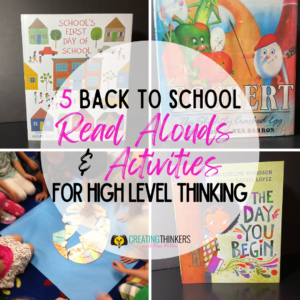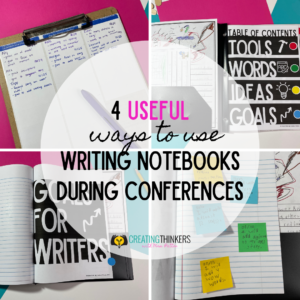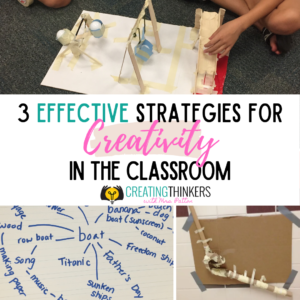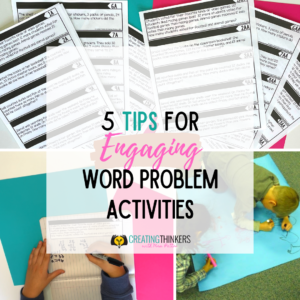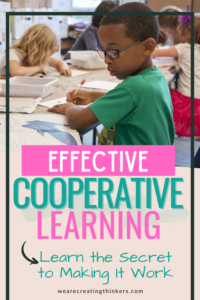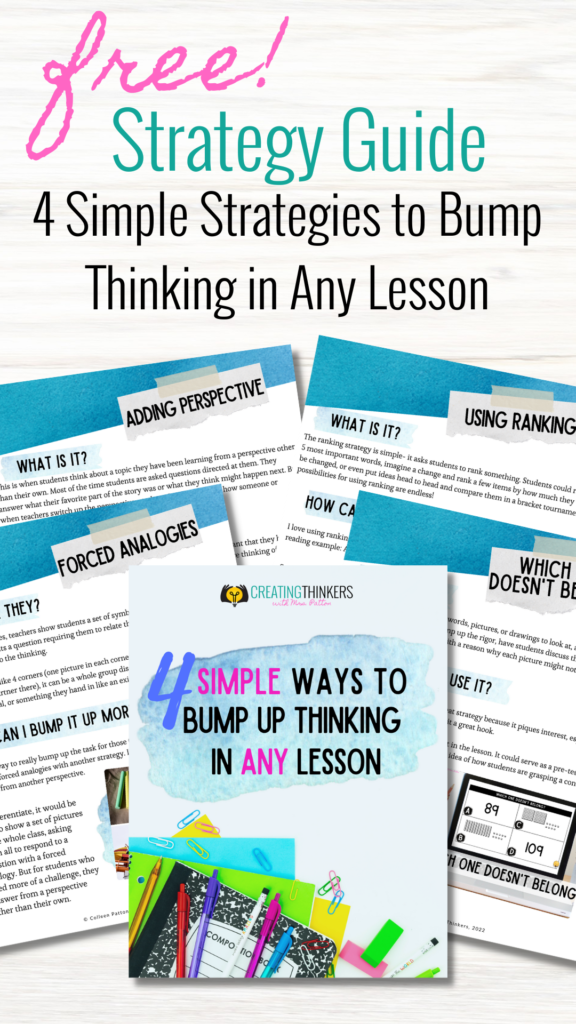As teachers, we want to make sure we are doing our best to reach our students, right? You may already be pre-assessing to help you differentiate for your students which is amazing! But have you thought about how you can use formative assessment in the classroom to help you meet your students’ needs even better?
Hang with me, and I’ll give you formative assessment strategies and formative assessment examples that you can use right away.
What is Formative Assessment?
Formative assessment is not graded, is informal, and is used to make changes to instruction throughout a unit. It is often quick and easy, and it fits right into the lessons you already teach.
Formative assessment is different from summative assessment. It’s also different from pre-assessment. Rather than informing instruction design before you begin a unit or reporting student data at the end of a unit, formative assessment is ongoing assessment that can and should continually help teachers alter instruction as needed throughout the unit.
How does Formative Assessment Respect my GT and High-Ability Learners?
I can remember as a student that one of the most frustrating things was quietly sitting through a lesson on a topic I already understood well. So many times I wished my teachers had taken the time to find out what I already knew and provide me with a learning experience that took my understanding into account. I see this same thing with students in the classroom today.
In order to respect the knowledge our students already have, many teachers use pre-assessments. This is fantastic, but it only gives a picture of our students at the beginning of a unit. Research shows that a student who is intellectually gifted in a certain subject area only needs 1-5 repetitions to grasp a concept. At the same time, an average learner needs closer to 30 repetitions to grasp a concept. Then imagine in the same classroom there is a learner who struggles in a certain subject area who needs closer to 60 repetitions to master the concept. What a range!
It is quite possible that your high-ability learners may not understand a concept before you teach it, but will learn it much faster than the others. How can you keep track of this? This is where formative assessment comes into play!
Ready to Use Formative Assessment Strategies
Below you’ll find a list of 11 go-to strategies for any classroom.

Forced Analogies with Pictures
Forced analogies work exactly like this picture I made for this post. You ask students a question requiring them to relate their learning to one of these pictures, and the students do the thinking. This can be done like 4 corners (one picture in each corner, students pick a corner and discuss with those there), it can be a whole group discussion, or something students write about in a journal or on a piece of paper they hand to you like an exit ticket.
If you’d like some pictures to get you started, check out this FREEBIE in my store:
Cupcake Scale
I often ask my students to rate their understanding or performance throughout a lesson using our cupcake scale.
Click the picture above to read more about this and to grab your free posters.
Thumbs Up, Sideways, or Down
If the cupcake scale isn’t for you, their thumbs can work perfectly for formative assessment hand signals.
We really can learn a lot about how a lesson is going, how many more examples students need before they feel comfortable for the independent work of our lesson, or if we need to plan for more practice the next day just by asking our students!
Exit Tickets
Closure is a staple in just about any research-based lesson design you can find. My goal is always to get kids thinking, and an exit ticket can be a great way to do that while giving us some informal information about their learning.
There are many things you can use for exit tickets, but this 3, 2, 1 is a go-to for me. Here is a form I made that can go with almost any lesson:
New Questions
Something I always try to tell my students is that the more you know, the more questions you should be able to ask! This often blows their minds, but they do get used to it.
If you want to bump up their thinking and get students making connections between new knowledge and prior knowledge, have students write down 2-3 questions they now have after learning more about the concept.
I find that this formative assessment strategy works well with fact based content like science and social studies, but it certainly can be applied to any subject area.
Worksheet Strips
We usually don’t need a full worksheet with 20-30 problems to figure out how students are doing. Formative assessment is informal and ungraded, so just a handful of problems will work well. If you have a worksheet ready to go, consider cutting it into strips of problems and having students complete just a few at the end of your lessons so you can easily check in to see how students are doing.
Skills Checklists
Believe it or not, you can use a formative assessment observation checklist to do this same thing, requiring nothing extra from your students.
At the beginning of a unit, write down all of the concepts you want students to learn across the top of a chart. On the side of the chart, label each row with students’ names. As students are working, you can observe and check off what you notice.
This checklist can be used throughout your unit and will certainly help you to ensure that you are providing the right instruction at the right pace for your students.
Examples and Non-Examples T-Chart
If the skill you are teaching lends itself to this kind of thinking, consider asking students to show you examples and non-examples of the topic.
Students can use notebook paper, or you can give students some scratch paper from the time you might have copied an activity wrong on the copier. (Surely it’s not just me who does this!)
They make a t-chart and on one side show examples of the concept, and on the other they show non-examples of the concept.
I usually talk with my students about the kinds of non-examples they choose. A drawing of a llama would certainly not be an example of a way to show the number 362, but it is too far from the topic to be meaningful. In my experience, the best non-examples that show deep understanding are ones that are very close but are not quite examples of the concept.
Graffiti
If you want to get a general idea of how your class understands your lesson concepts as a whole, prepare large pieces of butcher paper with questions. Students then walk around and “graffiti” all over the posters with their thoughts.
This is a great place to let students use those beloved smelly markers!
Quick Lists
When I was student teaching, one of my mentor teachers had a small basket of “skinny papers” in the middle of every table. These were strips of papers from copy mishaps or extra papers ready to use as formative assessments.
At the closure of a lesson, she might call out, “Get skinny paper!” The teacher would then instruct students to list the most important 3 words from today’s lesson, 5 words that relate to the lesson starting with the letter “D,” or 2-3 questions they had.
The possibilities of how to use this are endless! It is so versatile that teachers could use it as soon as they see fit without having to plan ahead.
Pop Quiz with Whiteboards
During the lesson, one of my favorite ways to use formative assessment on the spot is to use personal whiteboards. I ask students a question, have them write answers on whiteboards, then turn it my way. With this, I can easily determine how much more practice we need.
Let Me Help You Turn Your Students into Thinkers!
If you have a passion for getting your kids to think, you’ll love my FREE Guide. It’s about 4 simple strategies to bump up the thinking in any lesson. Download it for free and stay in touch to get classroom-tested ideas straight to your inbox!
Keep those kids thinking!
Colleen Patton
Note: Some of the links in this post are affiliate links. I may get a small commission if you purchase these, but hey that helps me keep offering some awesome freebies for you!






